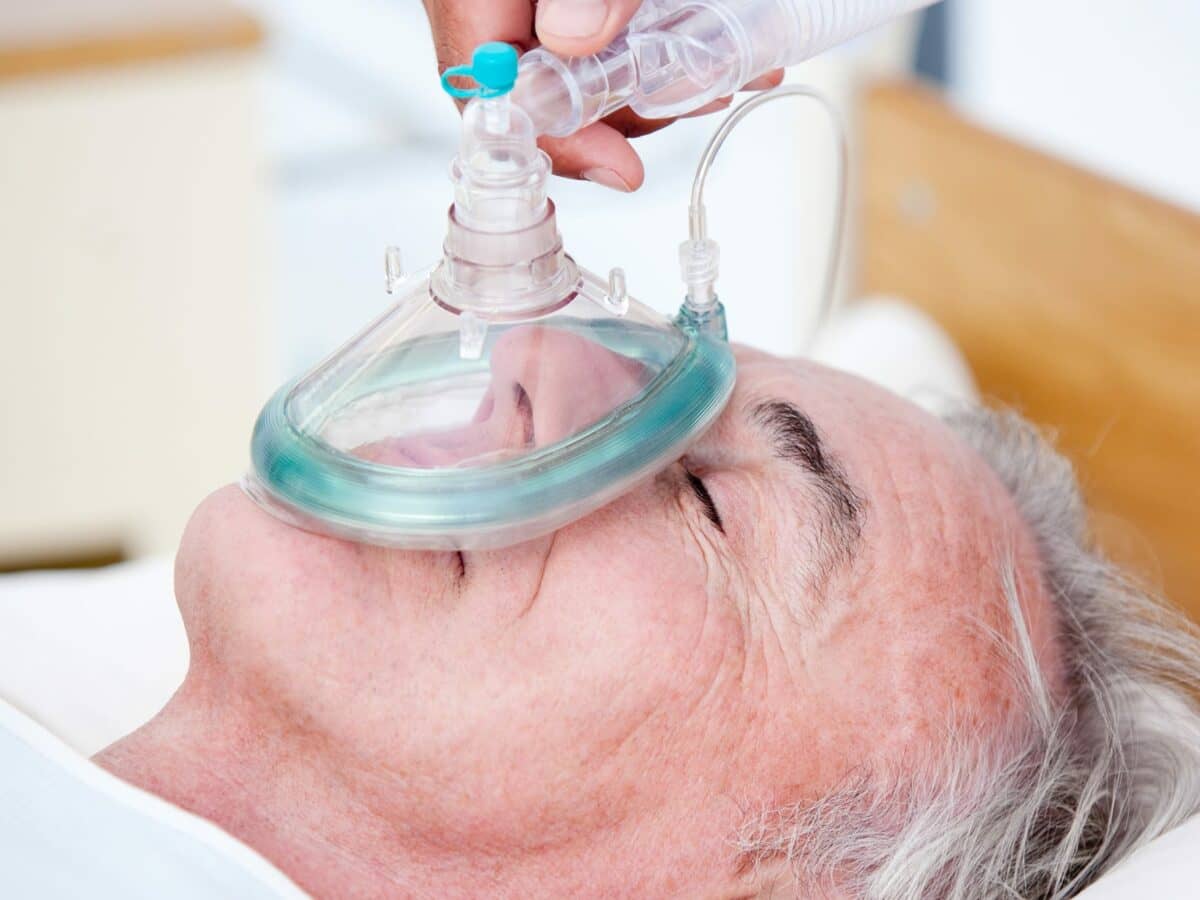It’s the percentage of oxygen molecules you inhale that make it to your arterial blood. Severe level hypoxia is below 65% with severe mental impairment.


An acute lowering of the blood oxygen to <85% is life threatening.



End of life oxygen saturation levels. Below 85% may cause some cognitive problems. Indications include hypoxemia and dyspnea. An oxygen level below 88% can be dangerous for any period of time.
Anything below 90% oxygen level is dangerous to your body and require intervention. An oxygen level below 85% warrants a trip to the hospital. Essential to that life is oxygen.
Hypoxemia means that the oxygen levels in the blood are so low that it can harm vital tissue and disrupts bodily function. There is special care for the mouth that needs to be given. The aim here in the uk is to keep saturation levels at around 92% as a low.
Keep in mind that an oxygen level 80% and lower puts your vital organs in danger, so it is important to keep a blood oxygen level chart handy so you know what levels require immediate treatment. In order to regain normal levels, doctors may recommend home oxygen therapy at that point. Reversal of hypoxemia in some cases will alleviate dyspnea.
If this happens, oxygen therapy can be removed, even if oxygen levels are low. There'll be a blue tinge to the skin and lessened mental acuity likely,. However, a large proportion of patients had normal vital signs, even in the last 12 hours of life.
Something more about oxygen at end of life: Questionnaires were mailed to 42 directors, coordinators, or managers of palliative care services in hospitals. Heart rate (p= 0.22) and respiratory rate (p= 0.24) remained similar in the last three days.
Spo2 is another oxygen level. Systolic blood pressure (p< 0.001), diastolic blood pressure (p< 0.001), and oxygen saturation (p< 0.001) decreased significantly in the final three days of life, and temperature increased slightly (p< 0.04). Hypoxemia at rest on room air, as evidenced by po2< or = 55mmhg, oxygen saturation < or= 88% or pco2 > or = 50mm hg determined by abg or oxygen saturation monitors from recent hospital records.
Oxygen is commonly prescribed for lung cancer patients with advancing disease. It slows down the number of times a person breaths in and out. This is because the blowing in the airways can cause soreness and as the person become less aware of their surroundings it can cause distress.
It is about caring for the family and significant others as well. As a result of not breathing for 30 seconds or more during sleep, your sleep apnea oxygen level would drop to 80% or less. However, anything greater than 90% is considered acceptable.
How low can oxygen levels go before death? For this to work, the fall in oxygen level must have been slow to happen, probably over months to years. When your body does not have enough oxygen, serious health consequences occur.
Confusion, increased pulse rate (>20% average), low oxygen saturation (<90% using pulse oximetry), death rattle (respiratory sounds associated with movement of secretions), and consciousness level. The morphine can actually bring comfort from “air hunger” at end of life. In materials for blood gas reference values, crapo et al.
In the days to hours before death we need to remember that the “labor” to leave this world is harder on. Each time you breathe in, you are taking oxygen into your lungs. Right heart failure secondary to pulmonary disease (cor pulmonale), not secondary to left heart disease or valvulopathy.
A perfectly normal value is 98%. Any level below this is concerning and in need of immediate medical attention, since it means your organs, tissues, and cells aren't getting the oxygen they need to function properly. When people fall below 90 percent, added oxygen may be necessary.
Oxygen at the end of life can be considered a comfort measure for the family. Normal oxygen saturation is usually between 95% and 100% for most healthy adults. In my book the eleventh hour, the companion book to gone from my sight, i go over the use of oxygen in the final days of life.
Oxygen therapy might become burdensome in the final days and hours of life. Severe hypoxemia occurs once oxygen saturation drops below 80 percent. While some patients may derive symptomat.
A normal blood oxygen level should be between 94% to 98%. What is oxygen saturation (spo2)? A person can live many months with o2 sats in the 70's or even lower.
This goes down with moving to a higher altitude. Some get very breathless even though blood oxygen levels are good. A prospective observational study that examined vital signs in the last 7 days of life reported that blood pressure and oxygen saturation decreased as death approached.
But if your oxygen level is 88 or below you will without doubt be prescribed oxygen as to stay at such low levels almost certainly will cause harm. The project involved a survey to learn about medical facility practices regarding the use of oxygen at the end of life and attitudes and beliefs regarding these practices, specifically the opinion of whether or not oxygen prolongs the dying process at the end of life. This should not be the goal.
From your lungs, oxygen attaches to your red blood cells.
















0 komentar:
Posting Komentar